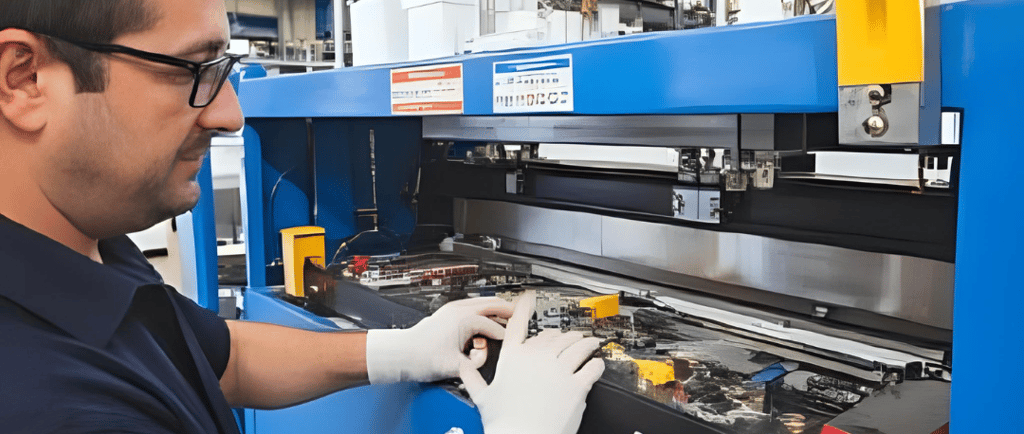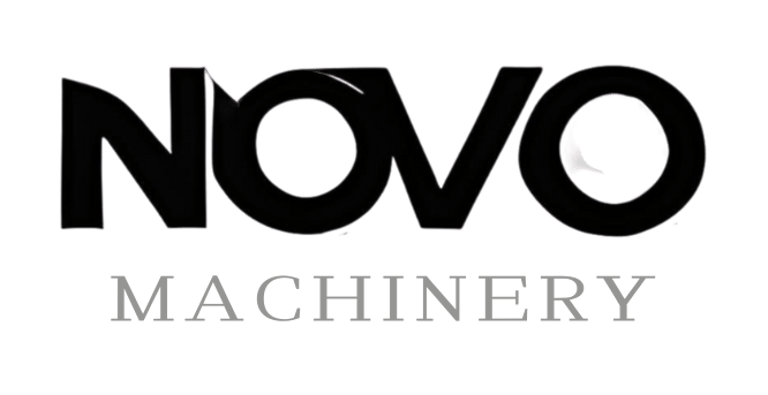designing for durability in Busbar Processing Machines
Explore how critical components in busbar processing machines impact equipment longevity. Learn the best practices for designing for durability to enhance performance and lifespan.
8/1/20255 min read


Introduction to Busbar Processing Machines
Busbar processing machines are essential equipment used in the manufacture and assembly of busbars, which are conductive materials designed to distribute electrical power. In essence, these machines provide the necessary capabilities to cut, bend, punch, and process various types of busbars, resulting in efficient electrical distribution systems. Their design and functionality play a significant role in ensuring the seamless operation of electrical networks in diverse industries, including power generation, transportation, and renewable energy sectors.
There are several types of busbars, each tailored to specific applications. The most common types include copper and aluminum busbars. Copper busbars are favored for their superior electrical conductivity and resistance to corrosion, whereas aluminum busbars are lightweight and more cost-effective, making them a popular choice for various installations. Regardless of the material, busbars must be meticulously designed to handle significant electrical currents while minimizing losses and overheating.
The manufacturing processes involved in creating busbars are intricate and demand precision. The typical procedure includes cutting the raw materials to size, forming them into the desired shapes through bending, and drilling holes for connecting hardware. Furthermore, processes such as surface treatment and insulation may be employed to enhance the durability and performance of the busbars. The role of busbar processing machines in these operations cannot be overstated, as they significantly affect the quality and lifespan of the final products.
As the demand for reliable and efficient power distribution systems increases, the durability of busbar processing machines becomes critically important. High-quality components and robust designs ensure that these machines can withstand the rigors of continuous operation, ultimately leading to better performance, reduced downtime, and long-term cost savings in the electrical industry.
Key Components Influencing Durability
Busbar processing machines are integral to modern electrical systems, and their longevity significantly depends on the quality of their key components. The durability of these machines can be attributed to several critical parts, each playing a vital role in performance and lifespan. Among these, rollers, cutting tools, and drive systems stand out as particular influencers of overall durability.
Starting with rollers, these components are essential for ensuring smooth material handling and processing. The selection of materials used in roller production is crucial; options such as hardened steel or specialized composites offer enhanced wear resistance. Additionally, proper lubrication and maintenance directly affect roller performance and service life. A well-designed roller will minimize friction and wear, thereby extending the durability of the entire machine.
Cutting tools are another critical aspect influencing a busbar processing machine's durability. The choice of cutting materials, such as high-speed steel or carbide, determines how well these tools can withstand the stresses of operation. Furthermore, the geometry and coating of cutting tools should be optimized to reduce heat generation and prolong functionality. Regular inspection and timely replacement of worn tools also play a vital role in sustaining performance levels and preventing damage to the equipment.
Lastly, the drive system of a busbar processing machine should not be overlooked. High-quality drive components, such as motors and gearboxes, need to be robust enough to handle the repetitive stresses of operation. Their efficiency can affect the machine's overall power consumption and performance consistency. Utilizing durable materials and designs that minimize backlash and vibration is essential for ensuring long-term reliability.
By focusing on the quality of these key components—rollers, cutting tools, and drive systems—manufacturers can significantly enhance the durability of busbar processing machines. Such considerations will ultimately lead to improved performance, reduced downtime, and greater overall equipment longevity.
Design Considerations for Enhanced Equipment Longevity
In the realm of busbar processing machines, several design considerations can significantly impact the durability and longevity of the equipment. First and foremost, the choice of materials plays a pivotal role in determining the robustness of these machines. Utilizing high-quality, resilient materials such as stainless steel or aluminum alloys not only enhances resistance to wear and corrosion but also ensures that the machines can withstand the rigors of continuous operation. The selection of materials should be aligned with the specific environments in which the busbar processing machines will operate, as this can dictate the level of exposure to environmental stressors such as humidity, temperature fluctuations, and physical impacts.
Another critical aspect of designing for durability is the emphasis on design simplicity. A straightforward design minimizes the number of intricate parts, thereby reducing potential points of failure. Simplified mechanisms also facilitate easier assembly, disassembly, and repairs, significantly lowering maintenance costs and downtime. Furthermore, incorporating modular components can enhance the design by allowing parts to be replaced individually rather than requiring complete overhauls.
Maintenance accessibility is equally essential in extending the lifespan of busbar processing machines. Designers should create layouts that provide easy access to critical components, enabling operators to conduct routine inspections and maintenance without difficulty. Implementing features such as removable panels or strategically placed access points can greatly enhance the serviceability of the machine, encouraging regular care and intervention before minor issues escalate into major failures.
Innovative technologies also offer opportunities to boost durability. For instance, incorporating predictive maintenance technologies using sensors and IoT can monitor equipment health in real-time. This proactive approach allows for timely interventions, further reducing wear and tear. By adopting these best practices in design, manufacturers can create busbar processing machines that not only meet performance expectations but also excel in durability and longevity.
Case Studies and Real-World Applications
In recent years, numerous companies have recognized the importance of designing busbar processing machines with durability in mind. These organizations have invested in equipment that not only meets current operational needs but also ensures long-term reliability and cost-efficiency. Here, we discuss two notable case studies that highlight how critical components and design choices significantly contribute to the longevity and performance of these machines.
The first case study involves a leading manufacturer in the electrical distribution sector. By implementing state-of-the-art busbar processing machines with enhanced component durability, they experienced a remarkable reduction in downtime. The selection of high-quality materials, such as advanced alloys for cutting tools and corrosion-resistant coatings, directly contributed to minimizing wear and tear. As a result, their maintenance costs decreased by over 30%. This strategic investment provided them with a competitive edge in a market where reliability is paramount.
The second example comes from a company that specializes in producing busbar systems for renewable energy applications. They adopted a robust design approach, emphasizing modular components that could be easily replaced without requiring complete machine overhauls. Through careful engineering and selection of durable parts, such as reinforced frames and heavy-duty conveyor systems, they achieved significantly enhanced throughput rates. The operational efficiency improved, leading to a 25% reduction in production time and substantial savings on labor costs. Additionally, their commitment to durability allowed them to extend the lifecycle of their machinery, demonstrating the financial benefits of investing in high-quality equipment.
These case studies exemplify how thoughtful design choices and critical component selections can lead to improved performance and reduced operational costs in busbar processing machines. By investing in durable equipment, companies not only ensure their operational longevity but also foster a culture of reliability that resonates throughout their business strategy.
Innovate
Leading manufacturer of busbar processing equipment solutions.
Contact
Support
+131 2713 4627
© 2025. All rights reserved.
